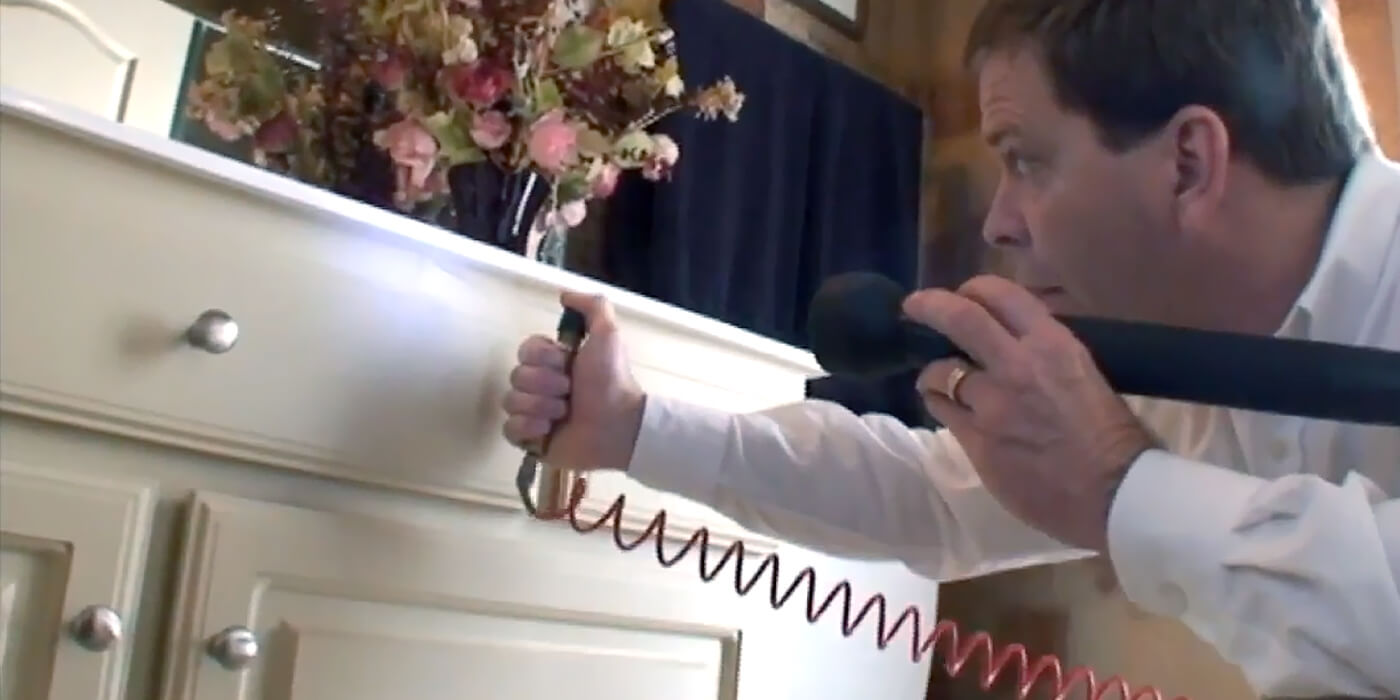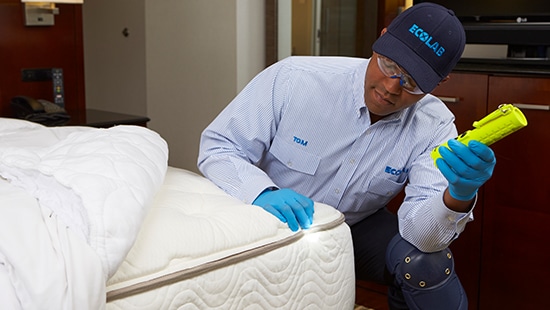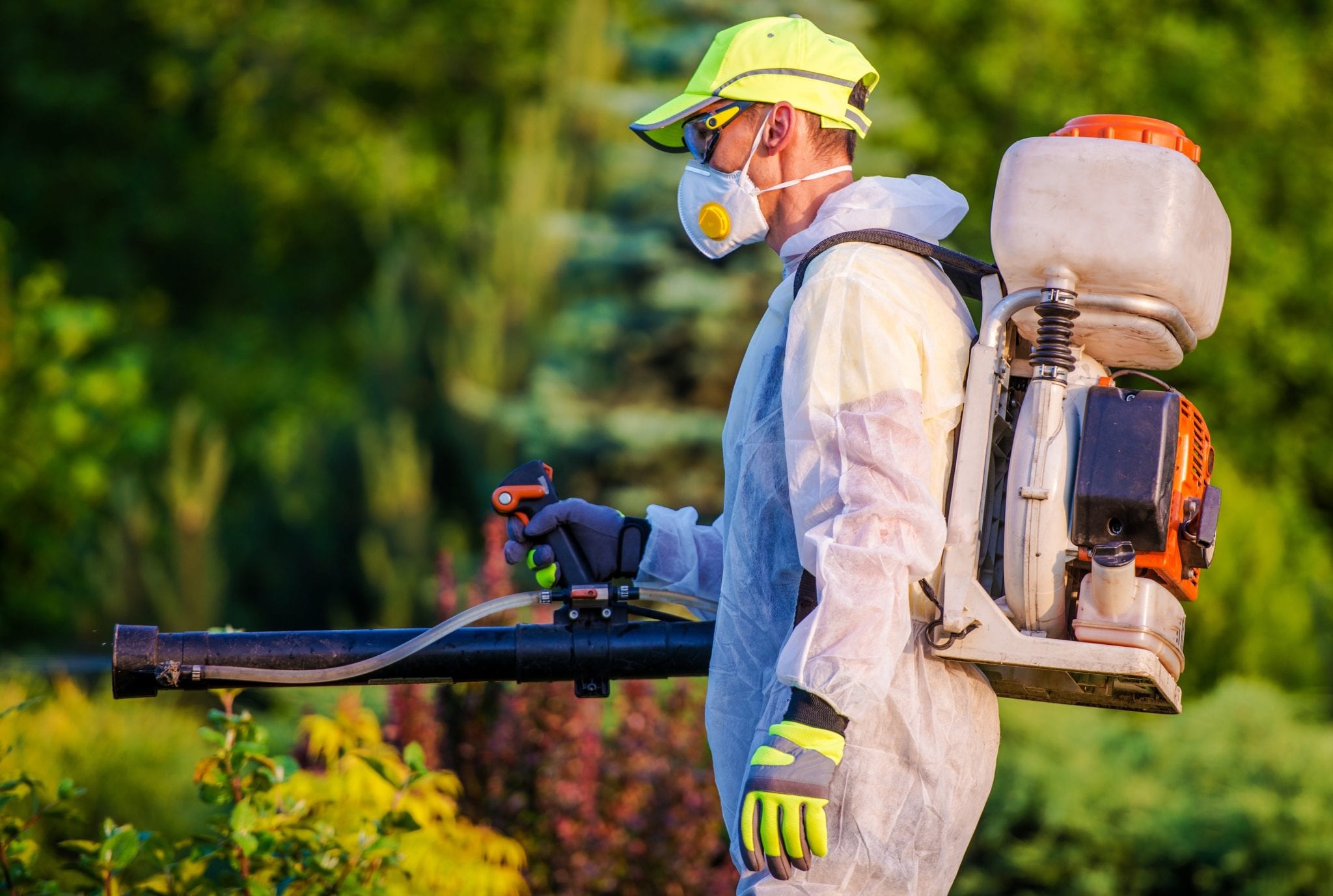Bid Farewell to Unwanted Visitors: Orem Pest Control at Your Solution
Wiki Article
Discovering the Various Kinds Of Bug Control Techniques and Their Applications
Parasite control is an important facet of preserving a healthy and balanced and risk-free environment, whether it remain in household, commercial, or farming settings. Different techniques have been established and improved over the years to properly minimize and handle parasite invasions. From chemical approaches that target certain pests to organic approaches that harness natural predators, the realm of bug control is vast and varied. Comprehending the various types of bug control techniques and their applications is necessary for executing the most lasting and ideal services. Let's check out the intricacies of these methods and exactly how they can be successfully used to address pest-related difficulties.Chemical Bug Control Techniques
Chemical bug control strategies are widely utilized in farming and insect administration to efficiently get rid of or control pest invasions. These approaches involve making use of chemical substances, such as chemicals, herbicides, and insecticides, to eliminate or minimize bug populations that posture a risk to crops, animals, or human wellness. Chemicals, for instance, target specific pests like weeds, rats, or bugs, disrupting their life cycles or creating straight harm upon call. Herbicides are especially designed to control undesirable plant life that takes on plants for sources and nutrients. Insecticides, on the other hand, are used to battle insect bugs that can harm crops and send illness.While chemical parasite control strategies can be very reliable in taking care of bug populations, they also elevate concerns about possible environmental and health threats. Incorrect use or overuse of chemical pesticides can result in pollution of air, dirt, and water, damaging non-target microorganisms and triggering long-lasting ecological damages. Furthermore, repeated direct exposure to chemical residues might position health and wellness risks to farmworkers, customers, and wildlife. It is necessary to follow safety and security guidelines, make use of integrated pest monitoring methods, and take into consideration alternate approaches to reduce the adverse impacts of chemical pest control strategies.
Biological Insect Control Techniques
 Organic parasite control approaches use living microorganisms to take care of and minimize insect populaces in a environmentally pleasant and sustainable manner. One typical method is the release of ladybugs to fight aphids in yards, as ladybugs are natural killers of these damaging parasites.
Organic parasite control approaches use living microorganisms to take care of and minimize insect populaces in a environmentally pleasant and sustainable manner. One typical method is the release of ladybugs to fight aphids in yards, as ladybugs are natural killers of these damaging parasites.
Biological insect control methods use several advantages over chemical approaches. They are normally more secure for the environment, as they do not leave damaging deposits or add to contamination. In addition, these methods are typically a lot more targeted, influencing just the insect varieties without harming helpful pests or various other microorganisms. Biological control can be a long-term solution, as the introduced organisms can establish sustainable populations and supply recurring parasite monitoring. Generally, biological bug control approaches offer a efficient and natural option to typical chemical therapies, promoting a balanced community and healthier environments.
Physical Parasite Control Approaches
Using physical methods to control parasites includes the use of non-chemical or mechanical ways to alleviate and navigate here handle pest infestations efficiently. These approaches depend on physical barriers, catches, and other strategies to hinder and eliminate pests without the usage of hazardous chemicals. One usual physical bug control method is the setup of screens, webs, or fencings to block parasites from getting in specific areas. This technique is specifically reliable in maintaining out pests and little pets from gardens or buildings.An additional physical strategy is making use of traps, such as snap traps for rodents or pheromone traps for bugs. These traps goal to record parasites without positioning any danger to people or the atmosphere. Furthermore, physical control approaches can consist of techniques like handpicking pests off plants, using vacuum gadgets to remove bugs, or employing warm therapies to eliminate bed pests and other parasites in ravaged locations.
Integrated Bug Administration Methods
Applying an all natural strategy to pest monitoring, Integrated Bug Monitoring (IPM) techniques aim to combine numerous efficient methods to control and prevent bug invasions while lessening environmental impact and guaranteeing sustainable pest control techniques. IPM entails the combination of several control approaches such as organic control, social practices, mechanical control, and the cautious usage of pesticides.

Furthermore, IPM highlights the significance of tracking and evaluating pest populations to identify one of the most suitable control strategies. By implementing IPM strategies, insect control initiatives come to be much more targeted and reliable, lowering the risks linked with extreme chemical use and promoting long-term insect management services.
All-natural and Organic Insect Control Options

One preferred organic parasite control technique is neem oil, originated from the seeds of the neem tree, which acts as a repellent and interferes with the development and advancement of bugs. Diatomaceous earth, an all-natural silica-based powder, is an additional efficient organic parasite control option that works by drying out pests upon get in touch with. By including natural and organic pest control choices right into pest monitoring techniques, people can efficiently regulate insects while decreasing damage to the setting and promoting lasting practices.
Final Thought
In final thought, numerous pest control methods such as chemical, biological, physical, incorporated parasite monitoring, and natural choices are offered for properly managing insect problems. Each approach has its click for more info very own advantages and applications depending on the type of bug and the setting. By understanding the different sorts of insect control techniques and their applications, individuals can make educated decisions on the most suitable method to manage insects and secure their residential property.Chemical insect control methods are commonly utilized in agriculture and insect management to efficiently eliminate or control pest infestations - Orem Pest Control. All-natural parasite control approaches include utilizing biological control agents, such as parasites or predators, to handle pest populaces. By including natural and natural pest control choices right into parasite monitoring methods, people can efficiently manage insects while minimizing harm to the atmosphere and promoting sustainable techniques
In conclusion, numerous bug control strategies such as chemical, organic, physical, incorporated bug monitoring, and all-natural options are offered for successfully managing pest infestations. By understanding the various types of pest control strategies and their applications, people can make educated choices on the most ideal technique to control pests and protect their building.
Report this wiki page